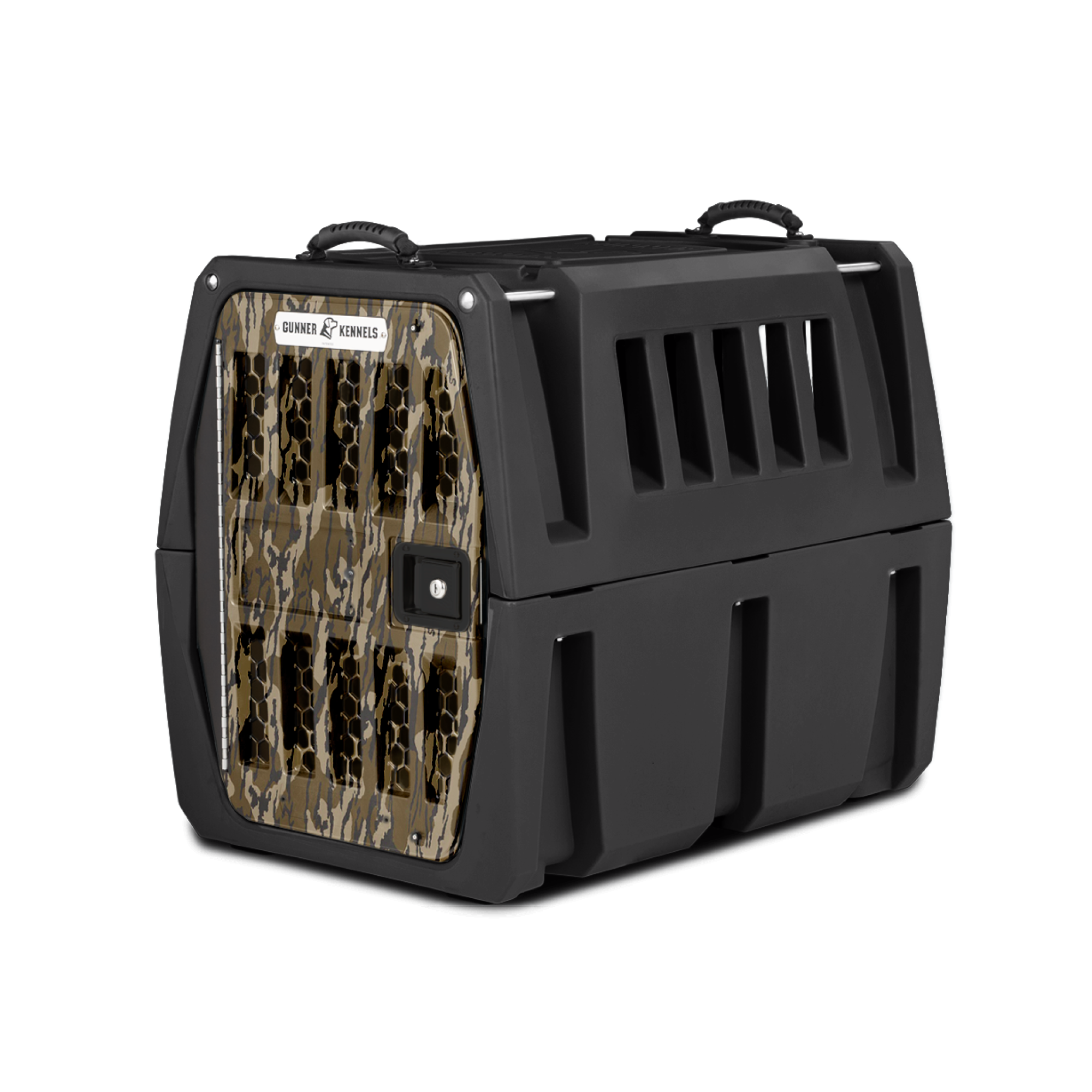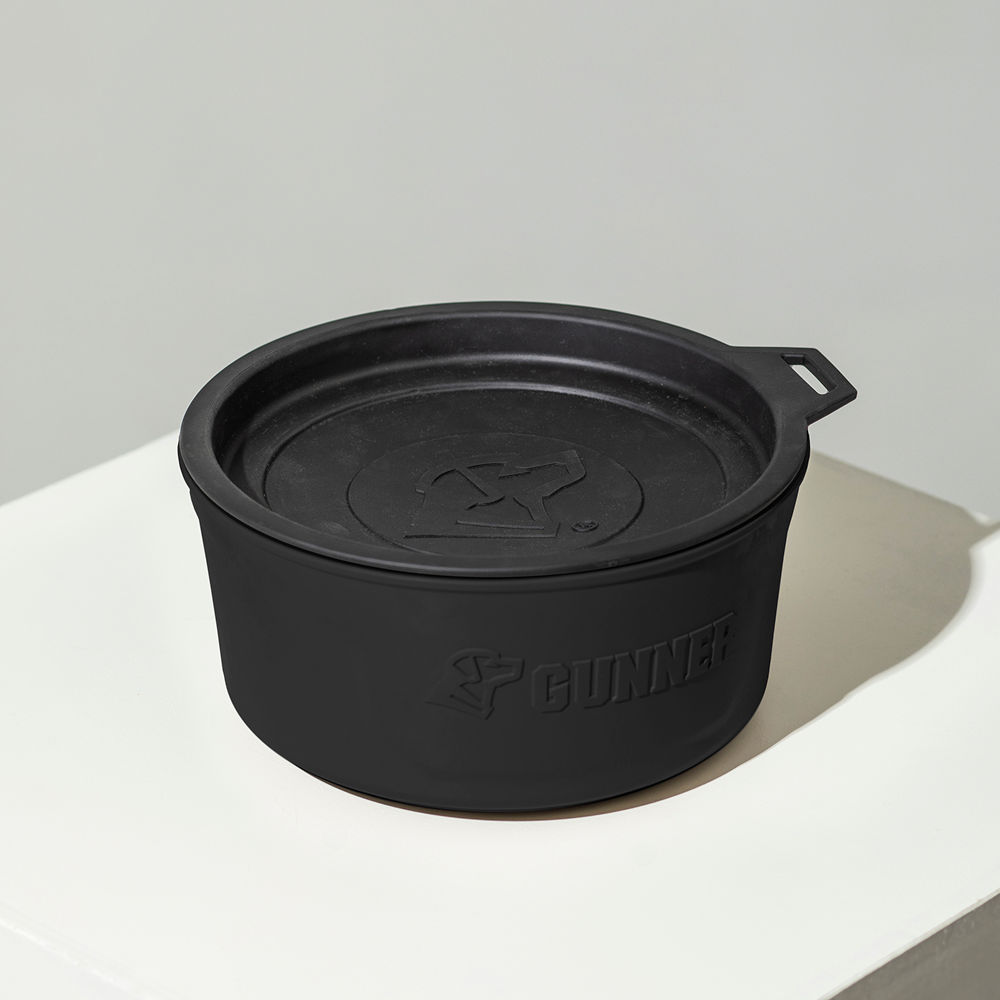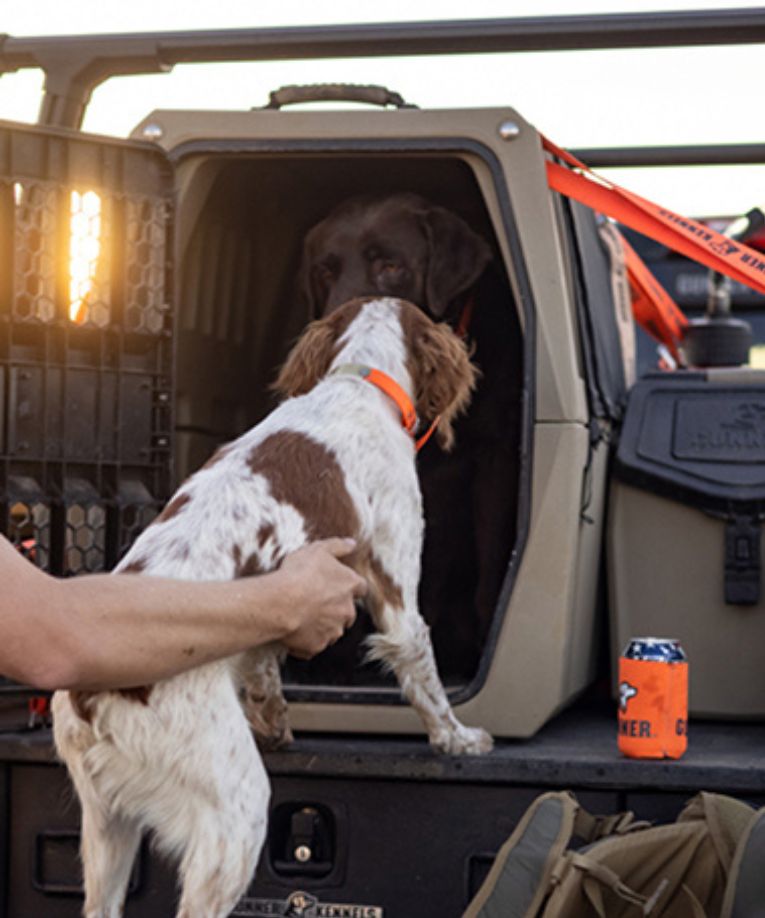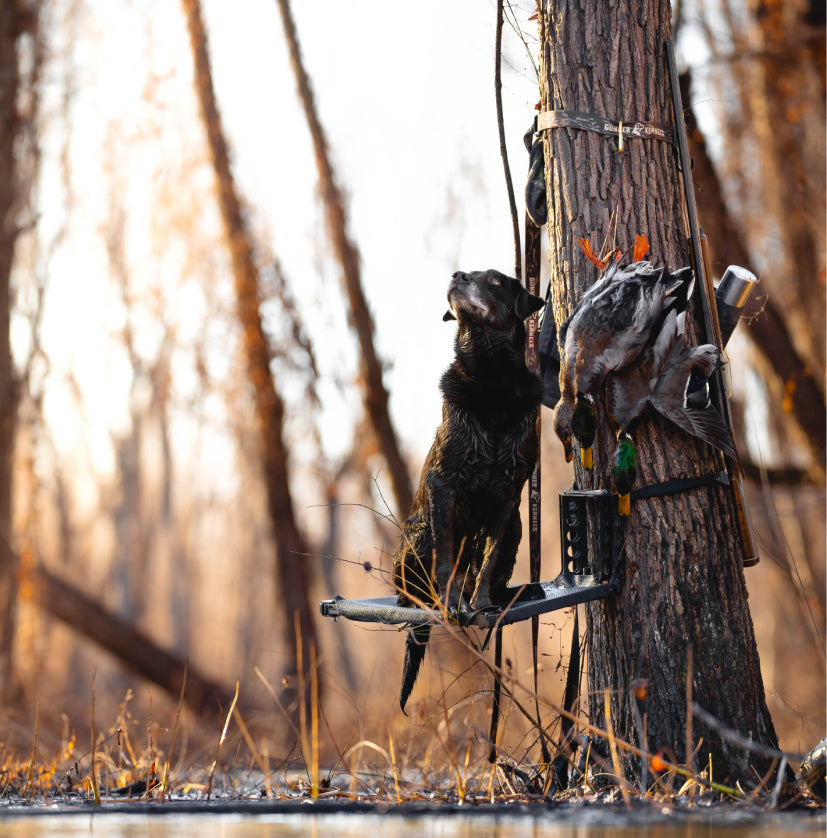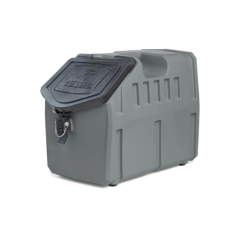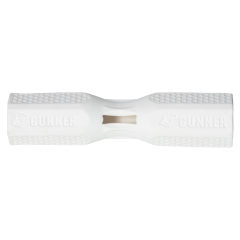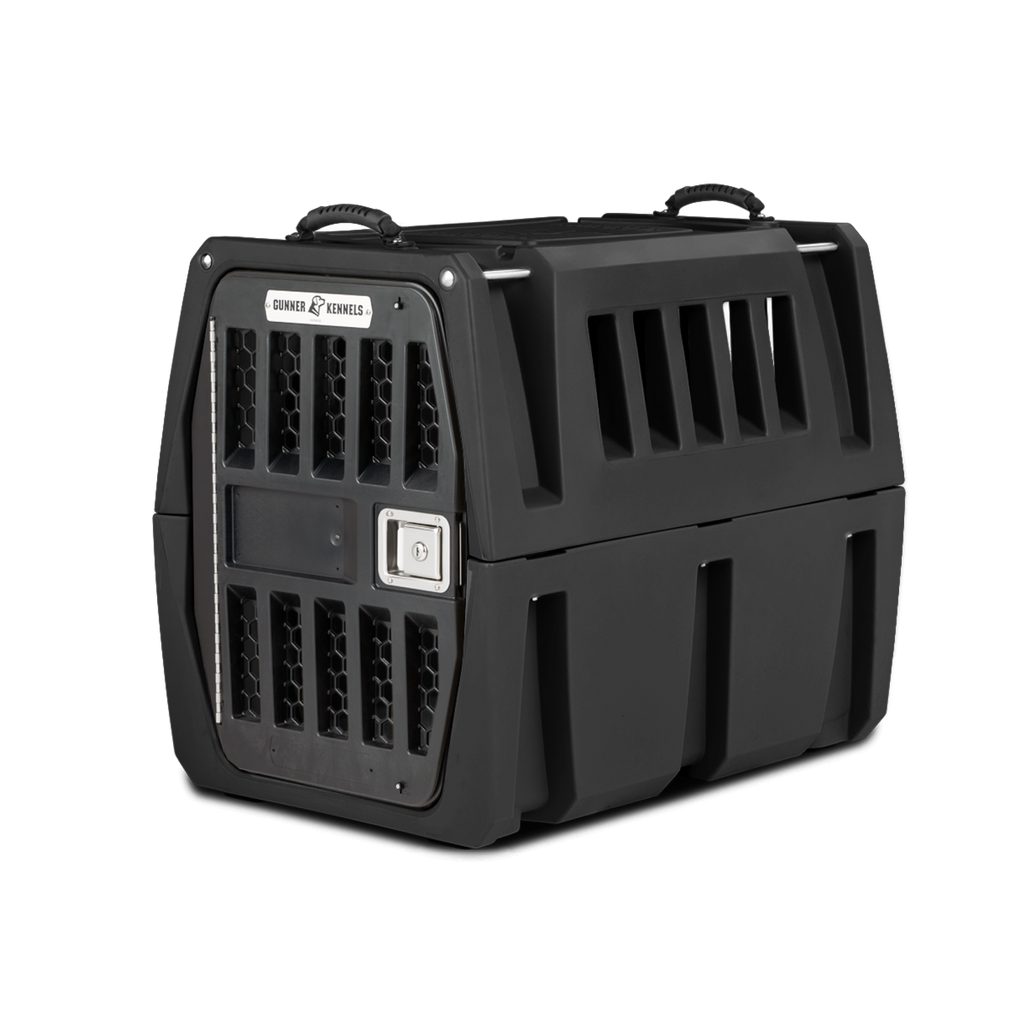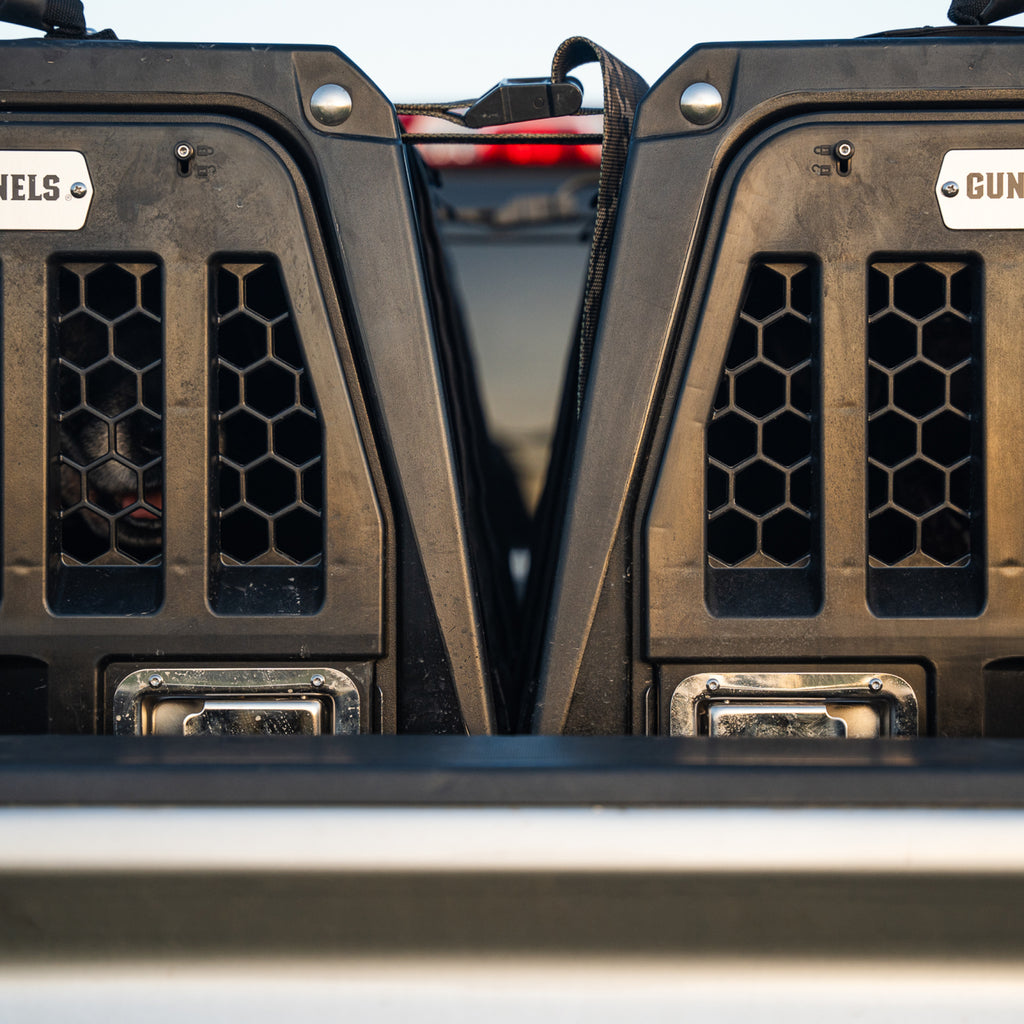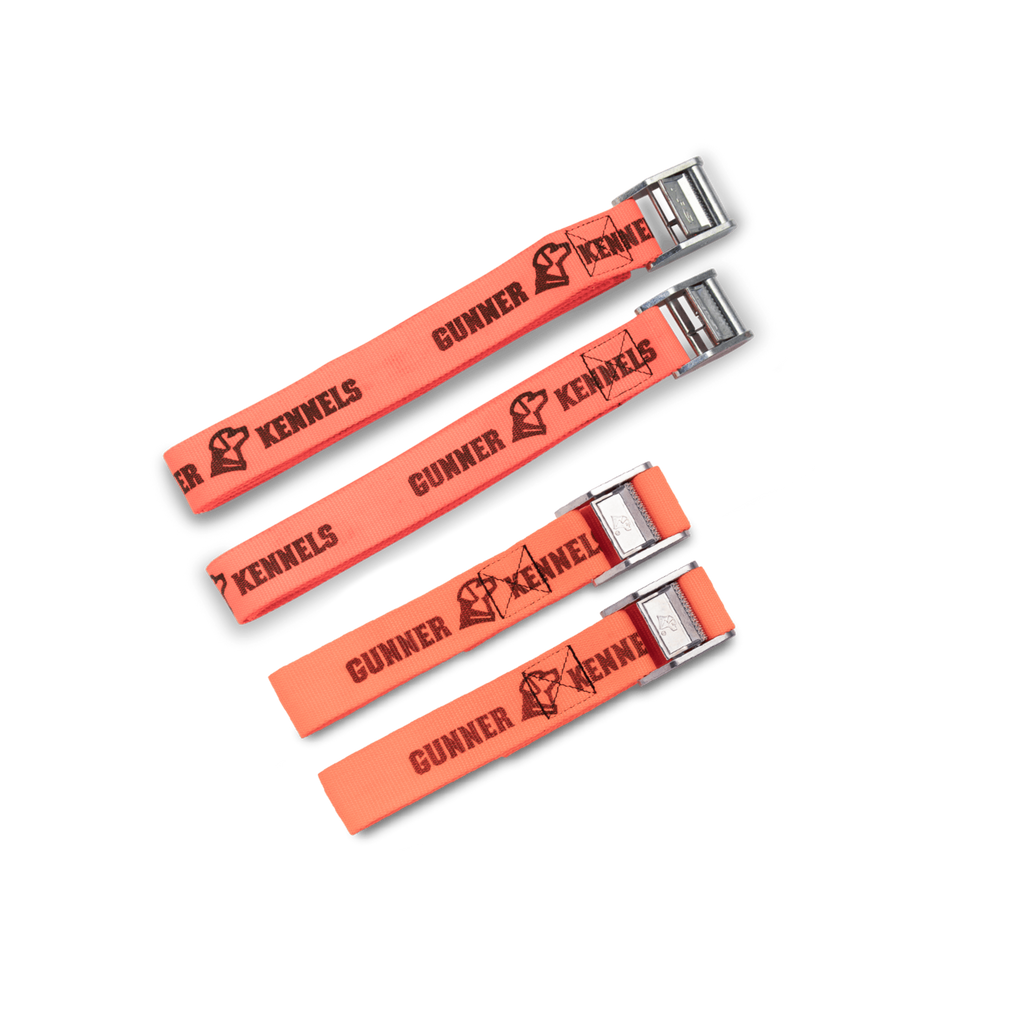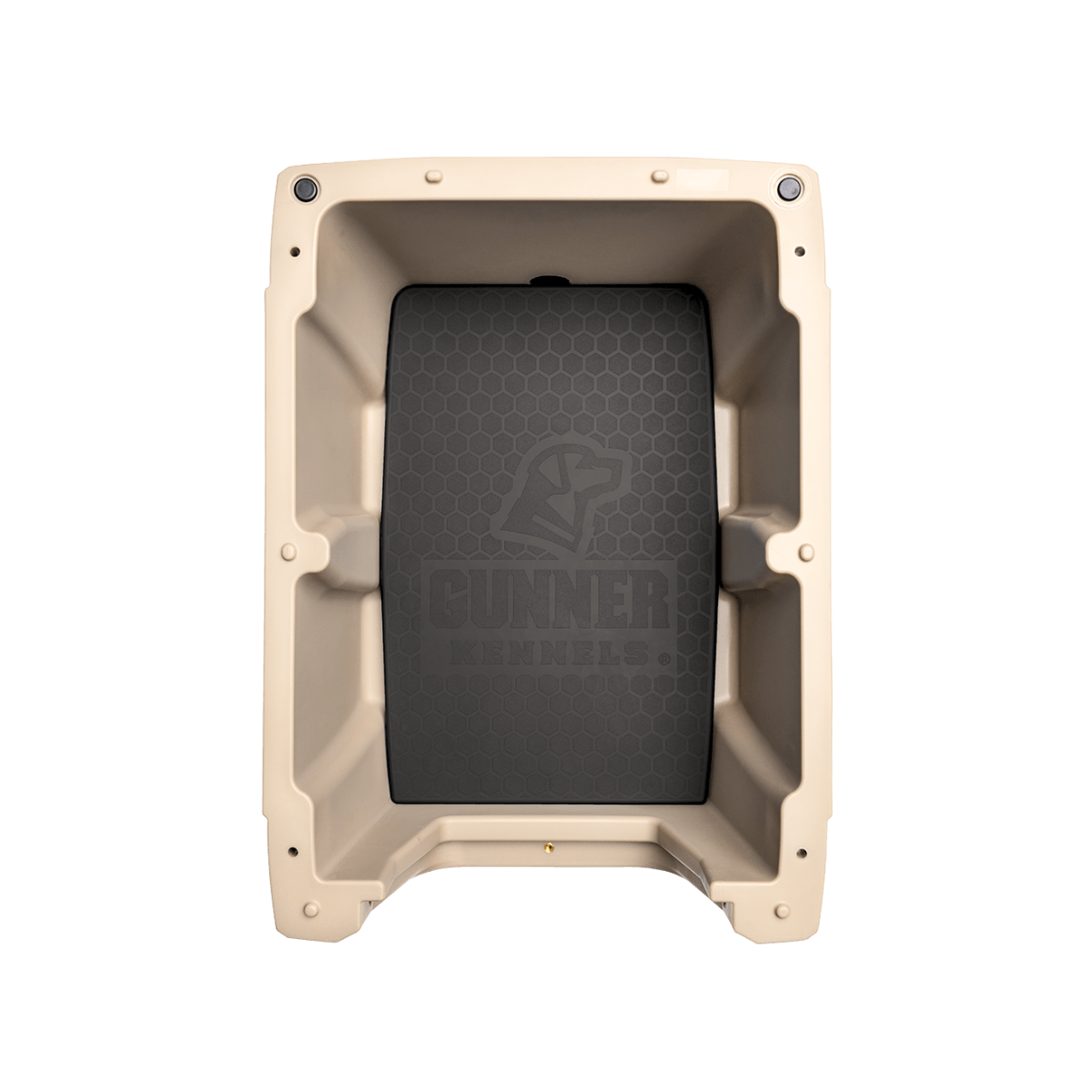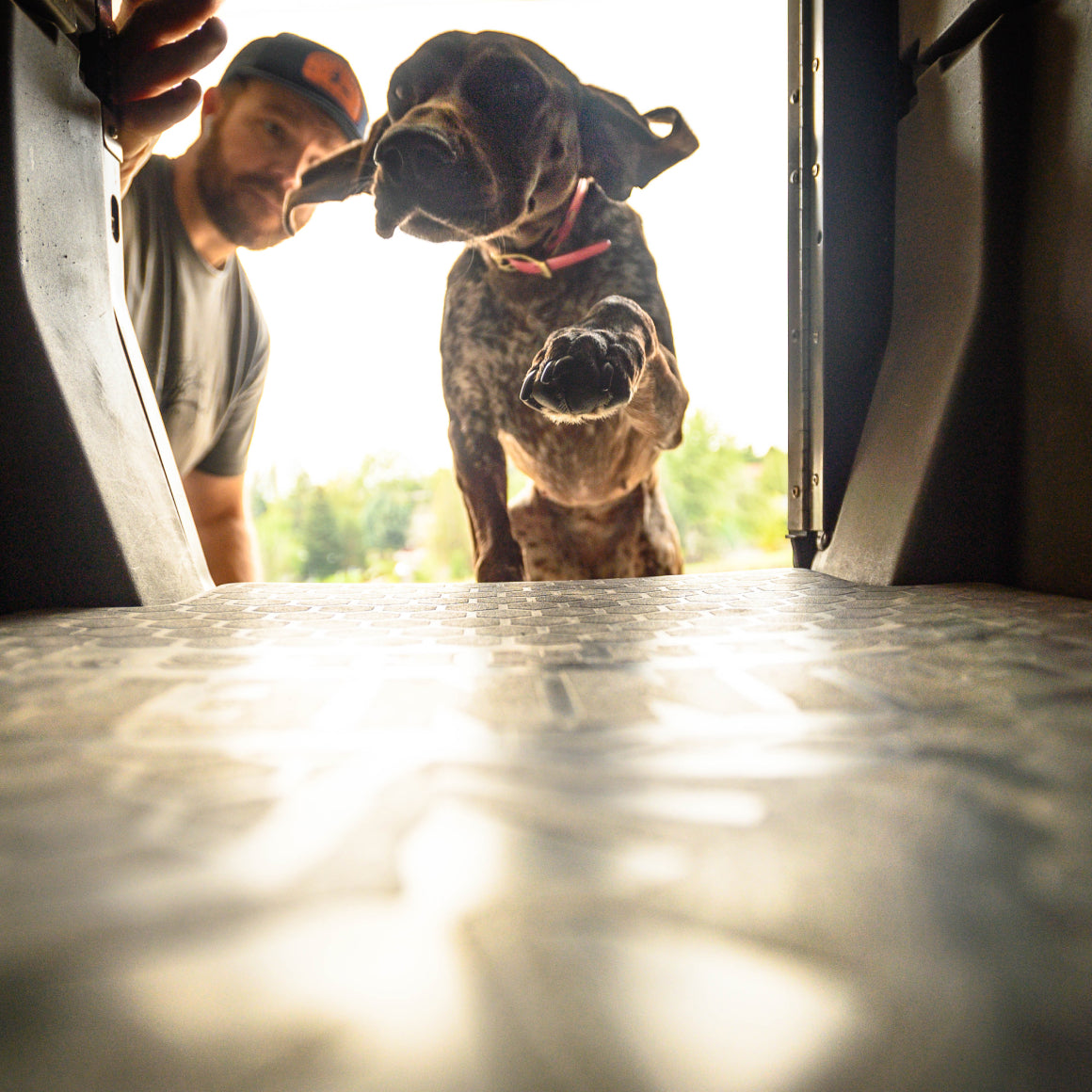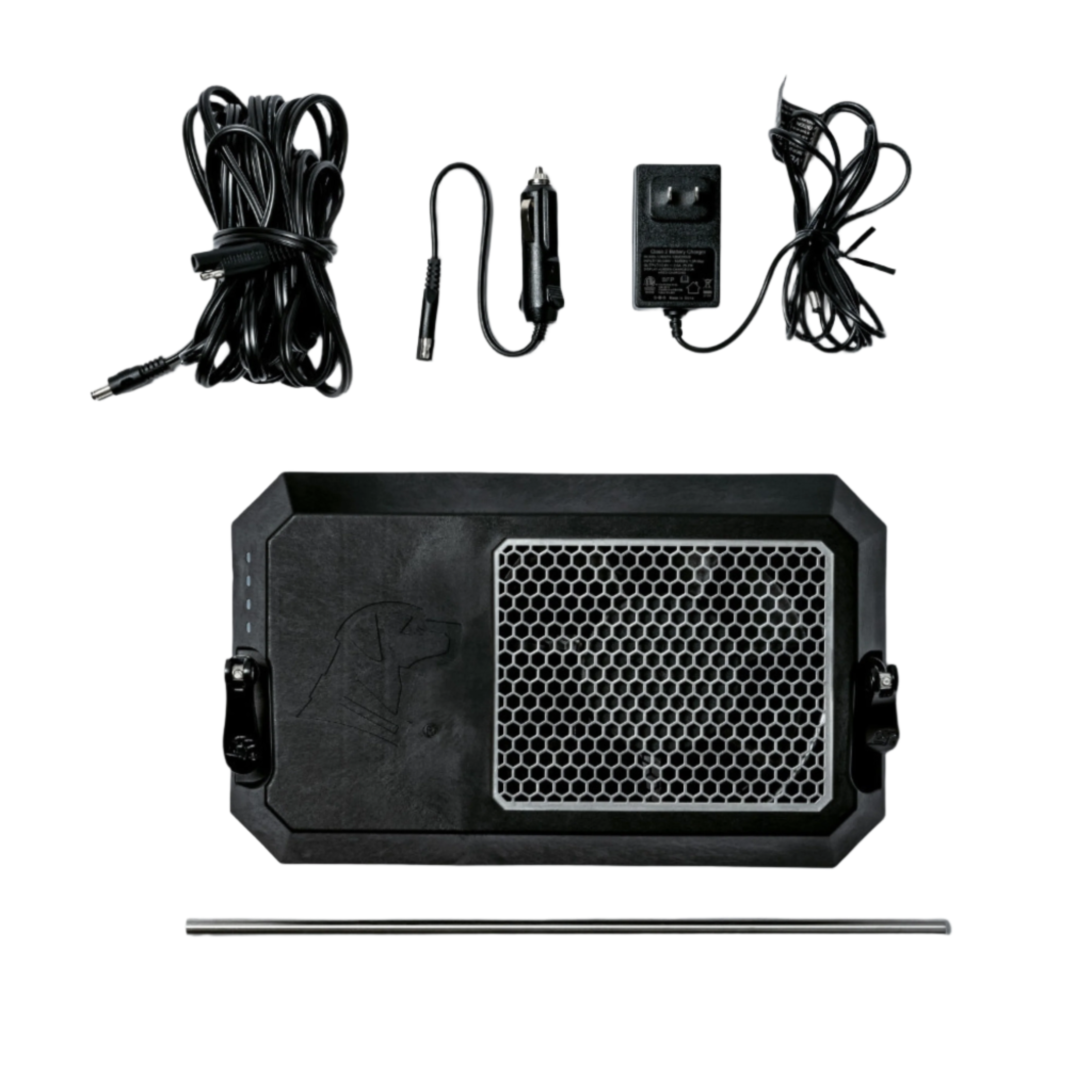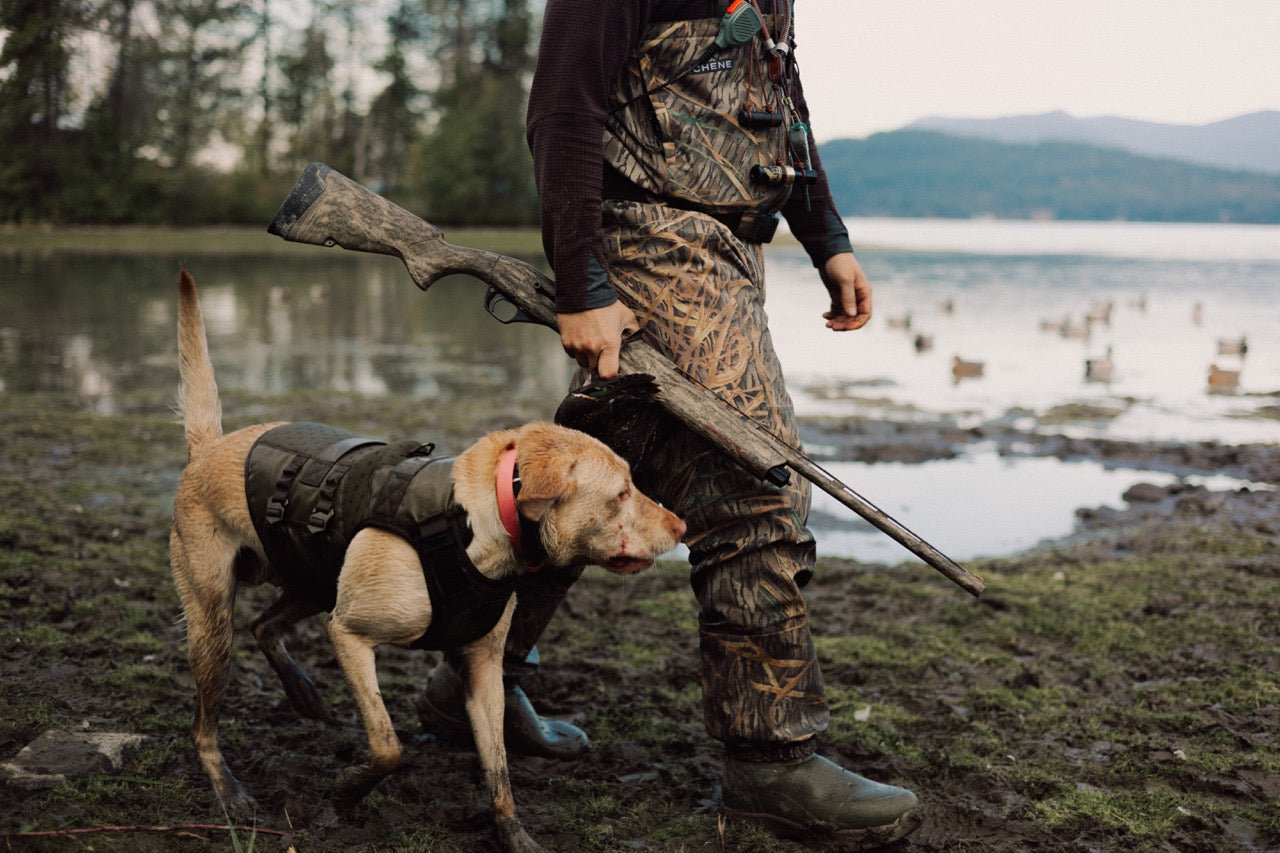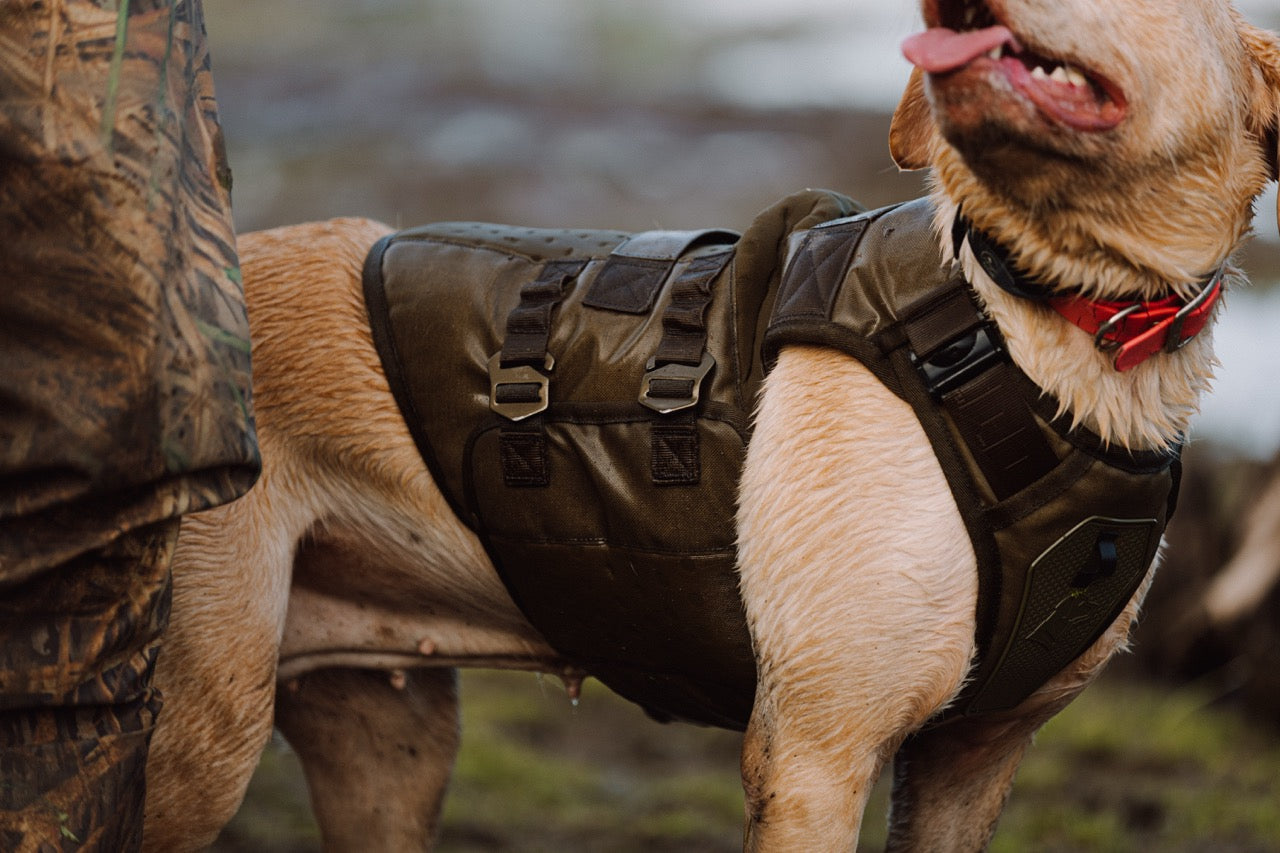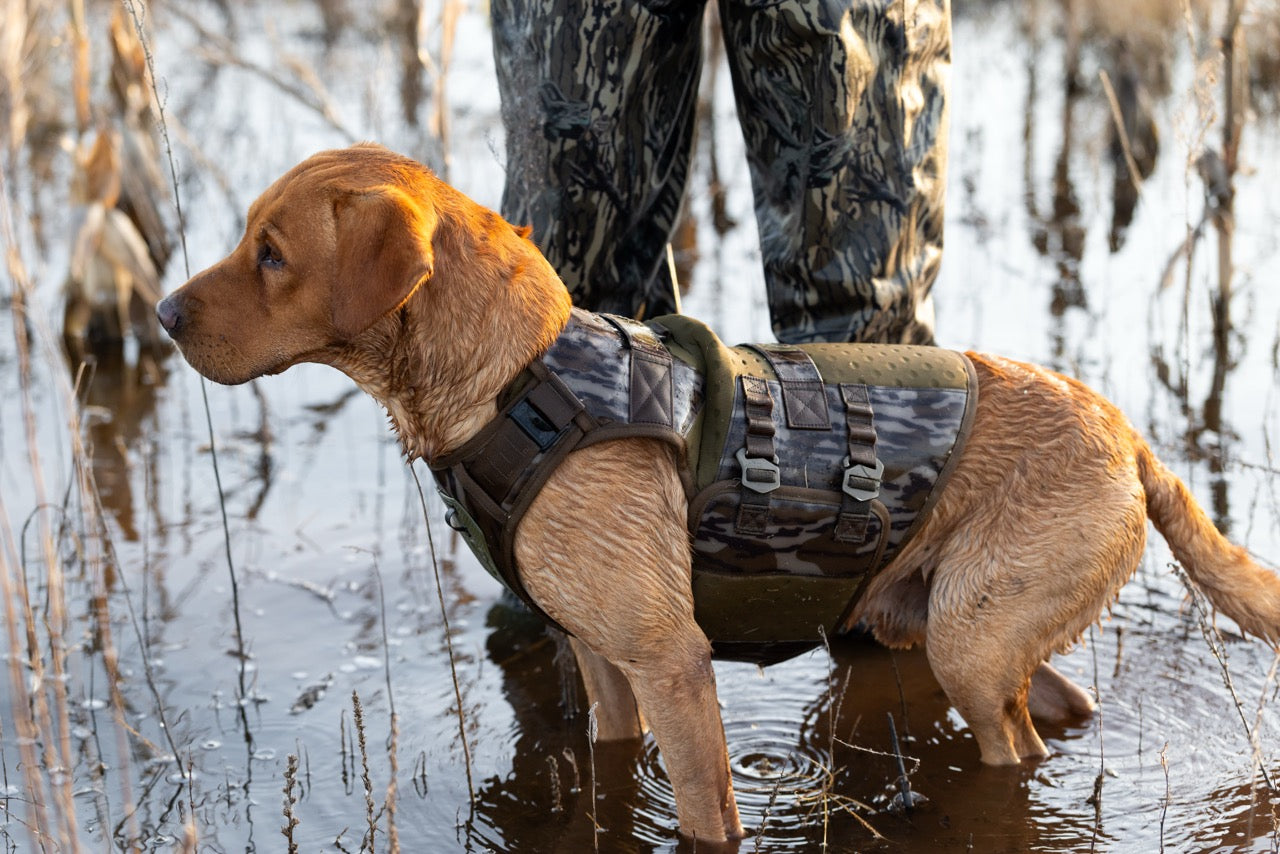What is a Llewellin Setter?
Aside from being one of the prettiest dogs you might ever encounter, the Llewellin Setter (pronounced Loo-well-in) could also be one with the most debated pedigrees in the realm of gun dogs. With a long line of English Setter cousins, the Llewellin has been around for hundreds of years and has been loved by many upland hunters. These are driven, close working dogs that can chase game all day long.
Characteristics
- Height
- Weight
- Males: 45-65lbs
- Females: 35-50lbs
- Coat
- Soft medium length coat. It’s important to watch for burrs and thorns, as they’re easily tangled in their flowing hair. It’s best to routinely brush their coat for proper maintenance. They’re likely to have long hair on their feet that can freeze during cold, winter weather.
- Life span
- The Llewellin Setter has an average life span of 10-12 years.
- Color
- Blue Belton, Orange Belton, Lemon Belton, Chestnut or Tri color and Roan
- Llewellin Setters are typically born white with a little bit of coloring. As they grow older, their ‘ticking’ (spots) starts to come in and can vary greatly.
History
The history of the Llewellin Setter is a little complicated and yes, it’s a long story. In the mid-1800s, a man named Richard Purcell (who changed his surname to Llewellin to inherit some cash) began creating his own line of die-hard English Setters in South Wales. At the time, many upland hunters enjoyed combing the fields with their English Setters and they were great hunting dogs; however, after Llewellin inherited enough money to begin his own breed of dogs, he worked to develop an even more advanced Setter. At the time, many of the English Setters were larger and more bred for the show ring, rather than for the fields. As a result, Llewellin bred his first pair of dogs, Duke and Rhoebe, and the pedigree began. If someone has a purebred Llewellin, then they could trace their dog’s lineage all the way back to Duke and Rhoebe and their ancestors would be certified in the Field Dog Stud Book.
Today, Llewellin Setters can be a little tricky to identify because over time, some dogs have been bred to non-purebred Llewellins and it can be difficult to keep bloodlines 100% pure with such a small pool of dogs.
Did you know? Setters with a “roan” coloring will have such heavy ticking, their coat looks colored with white ticking!
What are the differences between an English and Llewellin Setter?
A Llewellin Setter is an English Setter but an English Setter may not always be a Llewellin. As previously mentioned, a Llewellin Setter was bred to be a little smaller and have the stamina to hunt all day long. They’ll run for hours and be able to handle the hunt. They’re also great for hunting in dense cover, as they are closer-ranging dogs, compared to their English cousins. Their ears are a little smaller and they can typically handle the heat a bit better; because of this, many American hunters used them for Quail in the south.
The Llewellin Setter Personality
A Llewellin Setter has a fantastic personality. They’re highly cooperative, hard-working dogs who just want to work for you in the fields. Llewellins tend to be methodical hunters, slowly moving through a section of cover, and always staying within earshot of their hunting partner. This fierce yet controlled style of hunting keeps them active for long hunts. Their calm demeanor makes them great house dogs and their affection toward children makes them great for families. If you’re looking for an upland hunting buddy who can flip the off-switch and cuddle in bed with the kids, then you might want to consider a Llewellin Setter for your next breed.
The Health of a Llewellin
Much like the English Setter, Llewellin Setters tend to be healthy dogs. They can get sick like any animal but their main health concern is Elbow & Hip dysplasia. This risk can be mitigated based on proper breeding practices, so be sure to investigate the pedigree for healthy joints.
These dogs need plenty of mental stimulation and exercise to burn energy and keep them at their best. This breed may not be for you if you live in a small apartment and don’t get out much. Keep them cooped up and you might find that your Llewellin can be a bit mischievous.
Fact: We always recommend you use our Dog Kennel Sizing Guide to determine the safest size kennel for your dog.
Training Tips for Llewellin Setters
Training any dog takes time and patience and Llewellins are no different. Since they’re very affectionate and calm dogs, it’s best to slow down and keep training exciting and unique. These dogs tend to be quick learners and many people consider them to be “soft.” This is not always the case and it’s possible their mischievous personality and ability to learn fast can get the best of some owners. Llewellin Setters require confident leadership during their training and respond best to a calm routine. Remember, these dogs are naturally intelligent and methodical hunters, so their training needs to help foster that inherent behavior.
Overall
A Llewellin Setter is an English Setter born and bred for hunting, rather than prancing about the show ring. Because the bloodlines are so close and there is such a small pool of dogs for breeding, it’s inevitable and unfortunate that the breed will be extinct at some point. All we know is if you’re looking for a determined hunting partner with a strong nose, you can’t go wrong with a Llewellin Setter pup.
Read more: The Nova Scotia Duck Tolling Retriever

